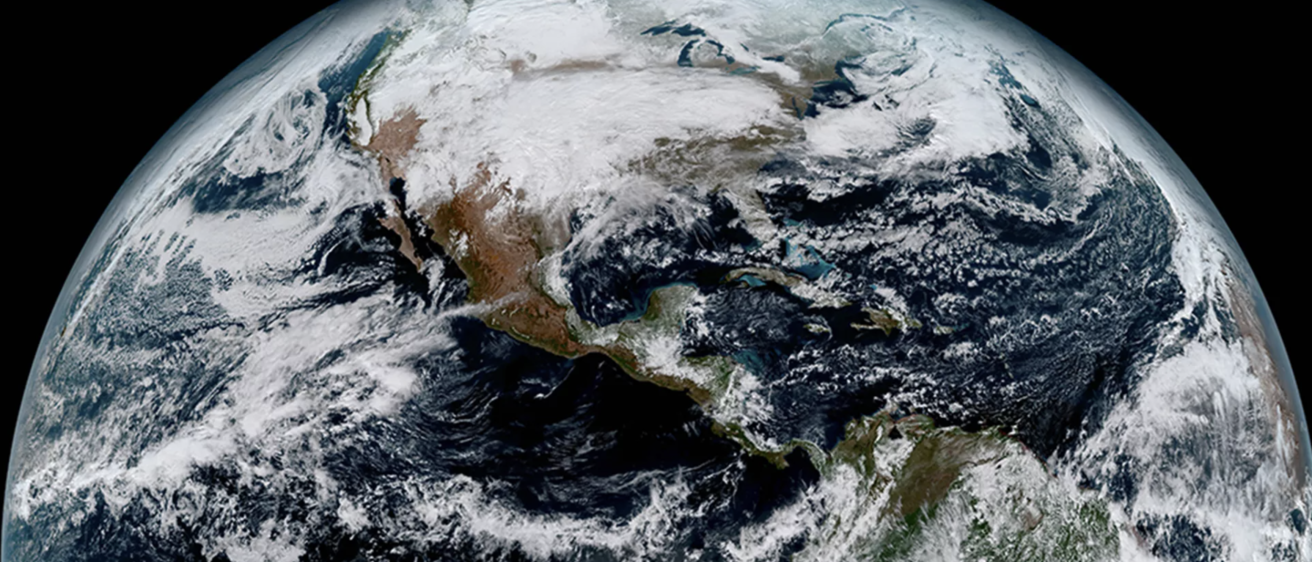The University of Iowa Technology Institute (ITI) is participating in a new satellite mission that is expected to lead to more accurate measures of pollution, including fine particles, on hourly timescales.
These fine particles, or particulate matter (PM), are a mixture of chemicals, including dry fragments and liquid droplets. The smaller they are, the more dangerous they are to human health because they deposit deeper into the lungs as people breathe.

Jun Wang, UI professor of chemical and biochemical engineering, is the principal investigator of the project to improve measurements of aerosol layer height, which will improve the accuracy of surface-level airborne PM2.5 estimates from satellites. PM2.5 is the smaller and more dangerous subcategory of particulate matter (having particle size less than 2.5 micron meters in median diameter). Wang is also the ITI assistant director, the James E. Ashton Professor of Engineering, and the director of the Atmospheric and Environmental Research Lab.
The National Oceanic and Atmospheric Administration (NOAA) is sponsoring the research, and its scientists are collaborating with Wang. Contributors from Wang's team at University of Iowa include Zhendong Lu, a graduate student, Xi Chen, a postdoc, and Lorena Castro Garcia, a research scientist.
Scientists have made significant progress over the last two decades in using satellite data of aerosol optical depth to derive mass concentration of PM2.5 for public health studies. Yet, scientists have called out the need for accurate aerosol layer height measurements to improve PM2.5 estimates. Past studies have used planetary boundary layer height (observed or modeled), which has led to large uncertainties in the PM2.5 estimates. This issue is particularly concerning during fire season when smoke particles are often above the planetary boundary layer height and models struggle to simulate the phenomenon.
Wang and his team’s new study aims to enhance PM2.5 estimates by delivering a new aerosol layer height algorithm that can be used as input to the PM2.5 algorithm. This can be accomplished by developing novel algorithms to derive aerosol layer height information from space by using measurements from the Atmospheric Composition (ACX) instrument aboard NOAA’s Geostationary Extended Observations (GeoXO) satellite system.
“The Iowa team, in collaboration with Dr. Shobha Kondragunta’s team at NOAA, has already published two research articles on this topic in 2021. This is an important collaborative effort, and we are continuing to make progress as we speak,” Prof. Wang said.
The one-year, $200,000 grant is titled "NOAA Geo-XO ACX Instrument Valuation Study: Aerosol Layer Height Retrieval for Surface PM2.5 Monitoring." The project is due to conclude at the end of July, but “could potentially be continued as the Geo-XO ACX is planned by NOAA to monitor atmospheric composition, every hour, in real time, in the 2030s," Kondragunta said.
